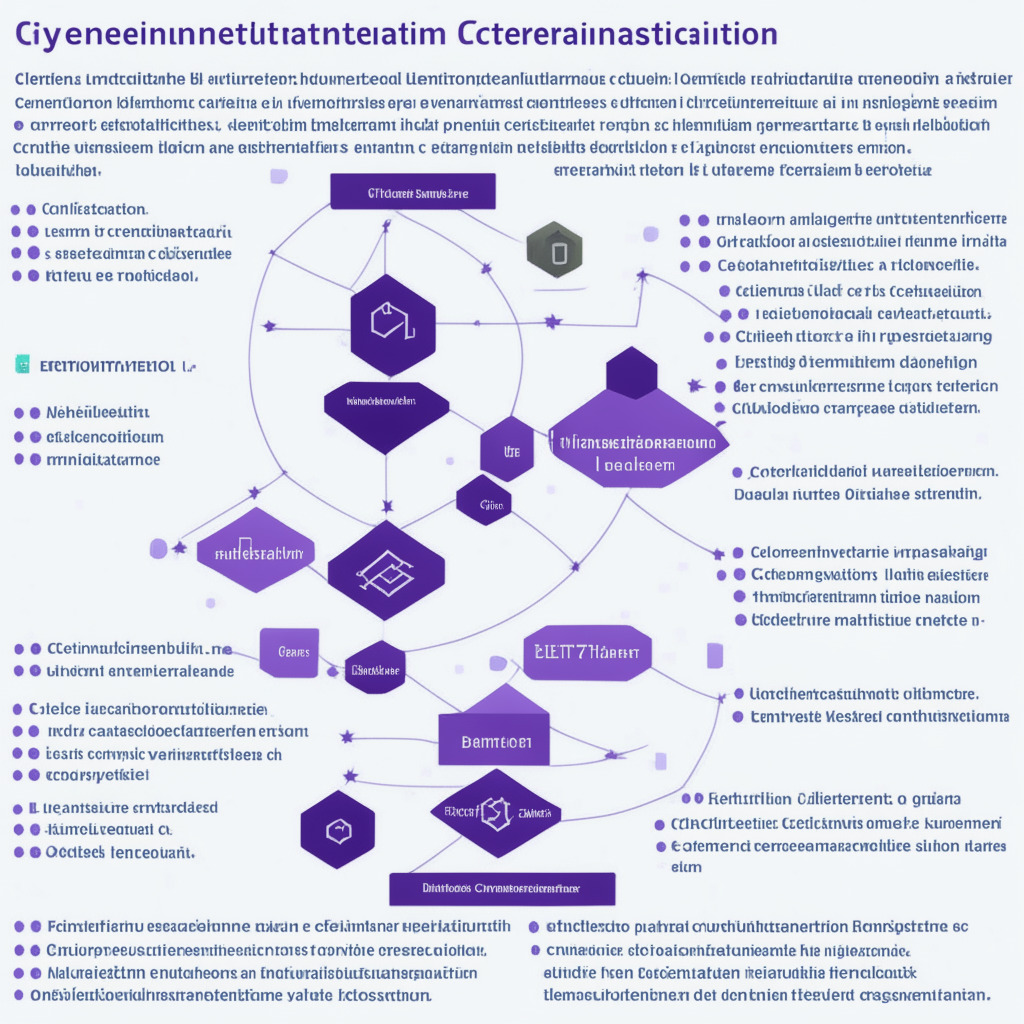In a technologically progressive era, successful experiments involving interbank messaging system Swift and Web3 services platform Chainlink pique significant interest within the blockchain community. The duo has effectively channelled tokenized value over several public and private blockchains, potentially smoothening the road for the expansion of tokenized asset markets on a global scale. A press release unveiled on Thursday expounded on the promising findings.
During the summer, Chainlink and Swift revealed their teaming-up with an array of financial corporations from different parts of the world. Displaying their commitment to connect these institutions with varying blockchain networks, they worked alongside BNP Paribas, BNY Mellon, The Depository Trust & Clearing Corporation, Lloyds Banking Group, and several others.
An evident surge in asset tokenization experiments conducted by financial entities worldwide indicates the sector’s intent to refine financial markets. The Hong Kong Monetary Authority’s recent report depicts tokenization as a tool that enhances efficiency and transparency, specifically in bond markets. When one mulls over the sheer potential of tokenization, it undoubtedly necessitates an effortless association with the entire financial ecosystem. The success of the Swift and Chainlink trials may have identified a solution to this challenge.
Chief Innovation Officer at Swift, Tom Zschach, asserted that the secure and trusted infrastructure of Swift could offer the required point of connectivity. This might efface a substantial obstacle in the progress of tokenization, uncovering its latent potential.
The experiments saw Swift employ Chainlink’s Cross-Chain Interoperability Protocol (CCIP) to bind with different blockchains. Chainlink launched CCIP in July, aiming to aid the construction of cross-chain applications and services.
Thinking cautiously, the results of these experiments, while enthralling, are not a definitive success. While the promise of security and connectivity thrive, questions linger over the feasibility of scaling these experiments on a global scale and the potential regulatory hurdles that could arise. Trust and transparency are paramount, with historical incidents showing that these have been issues in the financial industry. Although the impact of Swift’s legacy systems integrated with chainlink’s interoperability spells promise, the real-world adaptation and resultant ripple throughout the financial ecosystem remains to be seen.
Source: Coindesk




